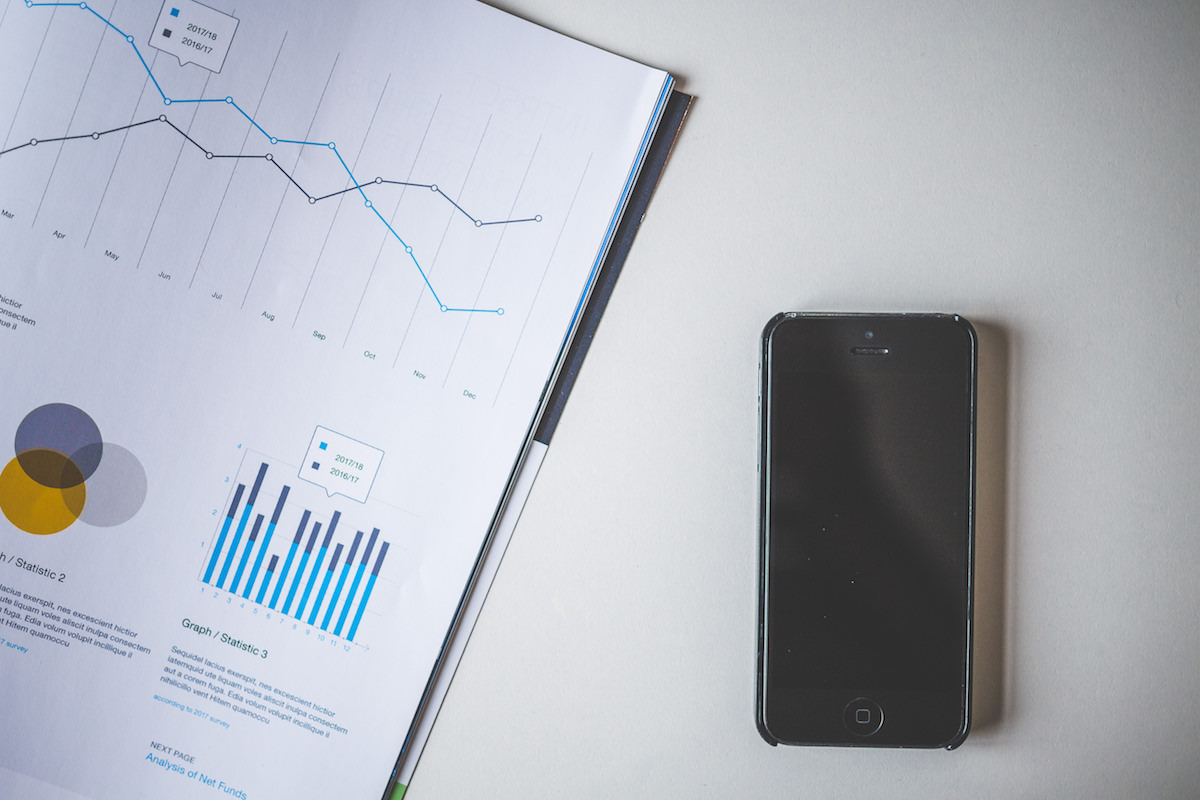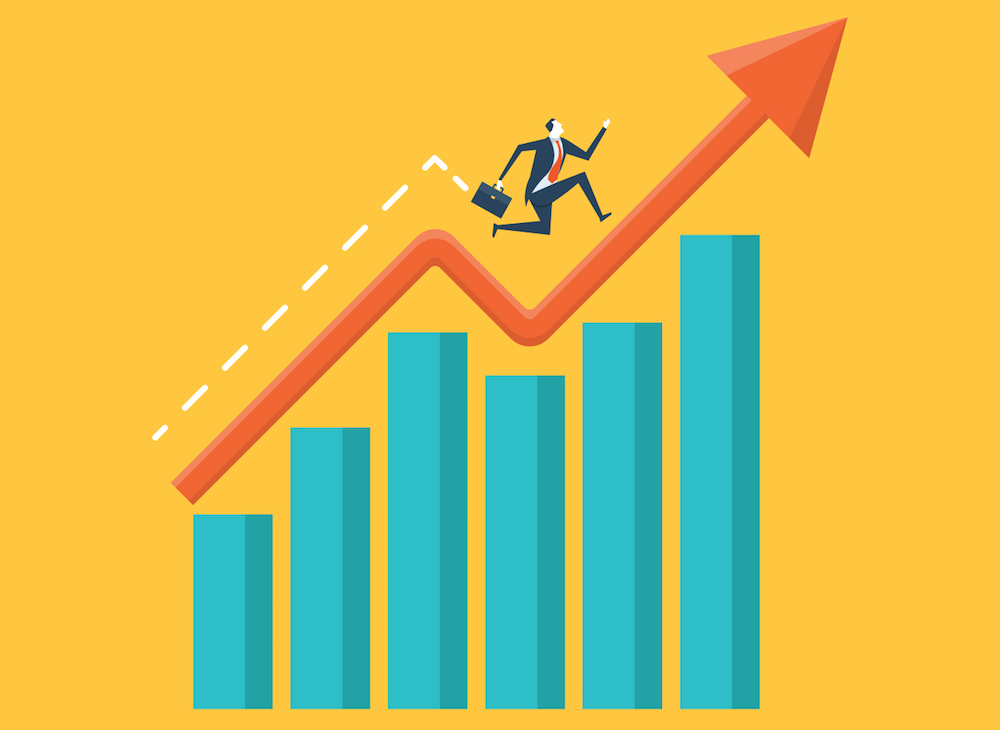
Conversions are the lifeblood of any online store, but they’re not always easy to come by. According to Econsultancy, only about 22% of businesses are satisfied with their conversion rates.
There’s a lot that goes into improving your conversion rates, however. You have to consider things like website design, checkout processes, site speed, SEO and a plethora of other things to really turn site visitors into customers.
But the biggest obstacles to conversions are often associated with the products themselves – What are you selling? What does it cost? Who’s talking about it? – as well as the marketplace – Who else is selling something similar? What are they charging? How can we beat their price?
[Tweet “The key here is data: You need to know what your competition is doing.”]
The key here is data: You need to know what your competition is doing. You need to be informed about what else is happening around the web in order to make the best decisions about your store and you need to understand how your own site and products are performing.
Unfortunately, there are thousands of other marketplaces out there, which means thousands of potential competitors, thousands of user generated reviews, and millions of products you need to be aware of.
What ecommerce store owner has the time to track all of that data? No one, really. But the good news is that there is a way to gather and analyze that data quickly and painlessly to improve your conversions.
The solution? Web scraping. Here are a few ways it can be used help you boost conversions.
[content_upgrade cu_id=”753″]Don’t miss: 5 Ways Amazon Uses Data to Beat Their Competition[content_upgrade_button]Click Here[/content_upgrade_button][/content_upgrade]

Product Details and Prices
Pricing is considered to be one of the four (or five) pillars of marketing, and studies show that 61% of online shoppers visit retailer or manufacturer websites to compare prices before making a purchase decision.
In fact, comparison shopping is becoming a large part of the overall online shopping experience. Comparison shopping engines exist to gather product information, including price, descriptions, shopping options, product guarantees, and so on, so that shoppers can weigh their options and choose the best deals.
These engines work by gathering product details either through web scraping (data is scoured from thousands of sites) or by having retailers submit their own product details, typically in a CSV (Comma-Separated Value) file.
While retailers can certainly build their own comparison sites or list comparisons on their own landing pages, they can also use comparative data gathered through web scraping to simply develop a better and more competitive pricing strategy.
Amazon, for example, might want to know how their products are performing against other online retailers, whether other online stores have products that Amazon doesn’t sell, or whether there are deals, promos or other price changes that may affect their own sales.
By monitoring and tracking competitor prices and product details (through web scraping tools, of course, since they track millions of products each year) they’re able to provide the best deals for shoppers.
Web scraping can also help with things like shipping times, number of selling, product availability, recommended products and other data that can help retailers create the best marketing strategy for better conversions.
Reviews
Like price comparisons, retailers also use reviews and ratings to set product prices, determine which items to sell or shelf and gauge how well their brand is doing as whole.
While it’s fairly easy to jump on Yelp and see what people are saying about your business, the problem is that people aren’t just using Yelp to talk about you. In fact, studies show that social media reviews (and peer reviews in general) are becoming an essential component to the buyer journey.
Facebook, for instance, influences around 52% of all consumers’ online and offline purchases, 42% of online shoppers find recommendations from friends and family to be the most influential and 69% said they wouldn’t consider a product unless it had a review.
Reviews and ratings are also important for things like SEO and can be a factor in building lifelong customer trust and encouraging repeat purchases.
But tracking down every single mention on social media manually would be nearly impossible. If your products were also listed on bigger commerce sites like Amazon, there would also be reviews there you might not be able to track down. And there are a variety of other comparison sites that may also gather reviews you might otherwise never see.
That’s where web scraping will be your most valuable tool for collecting this data. Web scraping allows you to capture statistically relevant reviews from social media and other review sites. You can also scrape product reviews and ratings from thousands of sites at once without any effort on your part.
Real Time Data
The world of ecommerce is fast-paced, products can come on and off the market quickly and retailers can see huge spikes or dips in their conversions overnight, which is why having real-time information about your shop’s performance is essential.
Real-time data can help you see if there are areas of your site with high traffic but low conversions, for instance, in which case you might have a problem with your CTA or checkout process.
It can help you determine which internal and external links are getting the most attention or alternatively which are broken and need to be fixed. It can even help you monitor all types of user activity so you can see exactly where your conversions are slowing.
Having fresh, up-to-date information is key to making the best strategic decisions, but as with gathering social media reviews or product details, the process for tracking every competitor (or even your own website) at every minute of the day, every day, just isn’t practical.
Again, this is where web scraping comes into play. Web scraping can get you real-time data, and, most importantly, the information will be accurate. You won’t be working from stale inventories or month-old reviews.
You will know exactly what your audience is saying, what products they’re talking about and looking at, and how you rank compared to your competition, all within a matter of minutes. And if you’re an online retailer, you know just how valuable every minute is.
[content_upgrade cu_id=”753″]Curious how Amazon uses their data? Here are 5 things they do with it[content_upgrade_button]Click Here[/content_upgrade_button][/content_upgrade]
Final Thoughts
The key to using web scraping for ecommerce is to make sure you have a tool that can really do things quickly and accurately. Product details can change quickly, inventory can be moved around in a matter of seconds, and thousands of reviews are posted every minute (26,380 reviews are posted on Yelp every 60 seconds).
It’s almost impossible to gather all of that information manually, and even if you could, the time and energy it would take wouldn’t be worth the effort. But by utilizing web scraping as a resource to pull and sort that data for you, you can save an enormous amount of time.
The data you gather can be used to help you make inventory and marketing decisions, which can in turn affect the overall profitability of your store. And having this data on hand will also help you stay in the competition with those in your marketplace and allow you to keep up with the bigger retailers, too.

You must be logged in to post a comment.